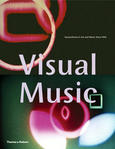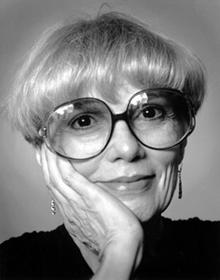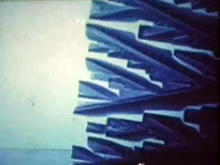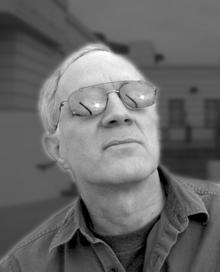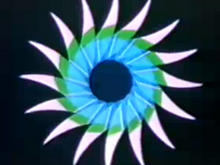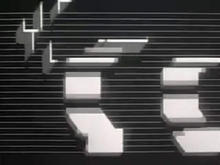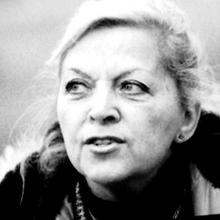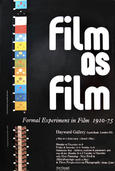Pixillation
(1970)by Lillian F. Schwartz with computer-produced images and Moog-synthesized sound by Gershon Kingsley.
With computer-produced images and Moog-synthesized sound Pixillation is in a sense an introduction to the electronics lab. But its forms are always handsome, its colors bright and appealing, its rhythms complex and inventive.
(Roger Greenspun, N. Y. Times. Golden Eagle-Cine 1971.)
Moog sound by Gershon Kingsley; Version III: pulls the viewer into a primal experience.
Awards: Red Ribbon Award for Special Effects from The National Academy of Television, Arts & Sciences; The Smithsonian Institution and The United States Department of Commerce, Travel Services for Man & His World at the Montreal Expo, '71; collection The Museum of Modern Art. Commissioned by AT&T. (4 min.)
Source: Lillian F. Schwartz website


